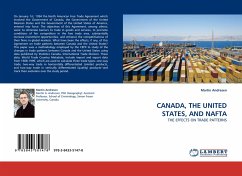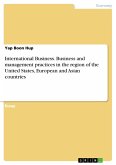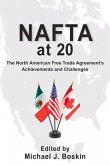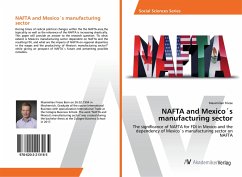On January 1st, 1994 the North American Free Trade Agreement which involved the Government of Canada, the Government of the United Mexican States and the Government of the United States of America, entered into force. The objectives of this Agreement, among others, were: to eliminate barriers to trade in goods and services, to promote conditions of fair competition in the free trade area, substantially increase investment opportunities, and enhance the competitiveness of their firms in global markets. What have been the effects, if any, of this Agreement on trade patterns between Canada and the United States? This paper uses a methodology employed by the CEPII to study of the changes in trade patterns between Canada and the United States using data published by Statistics Canada, International Trade Division. These data, World Trade Country Metadata, include import and export data from 1988-1999, which are used to calculate three trade types--one-way trade, two-way trade in horizontally differentiated (similar) products, and two-way trade in vertically differentiated (quality) products--and track their evolution over the study period.








